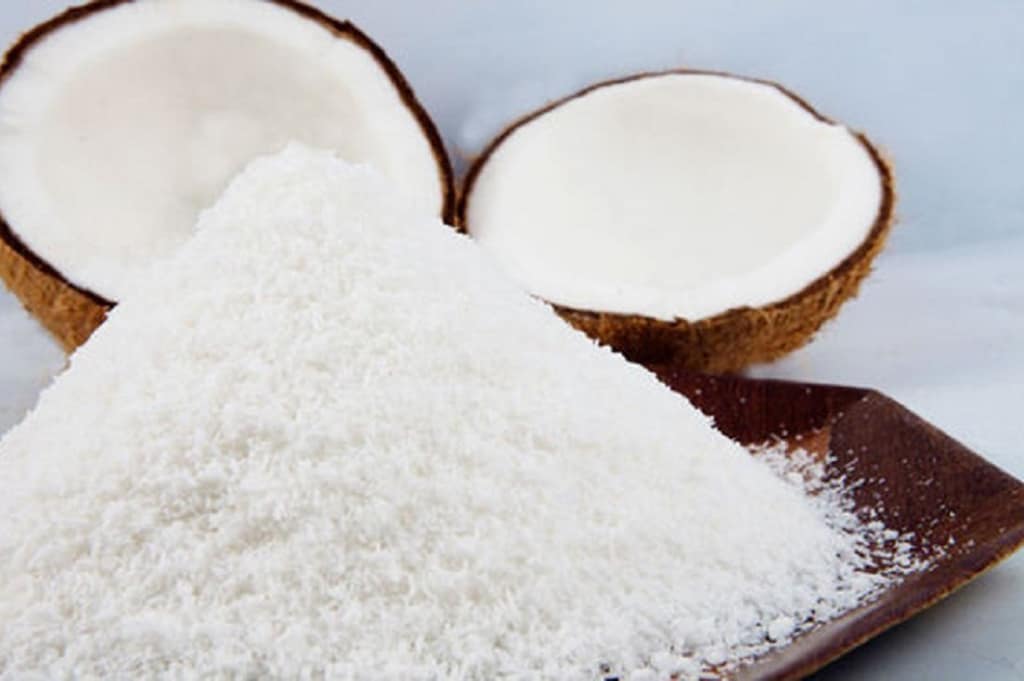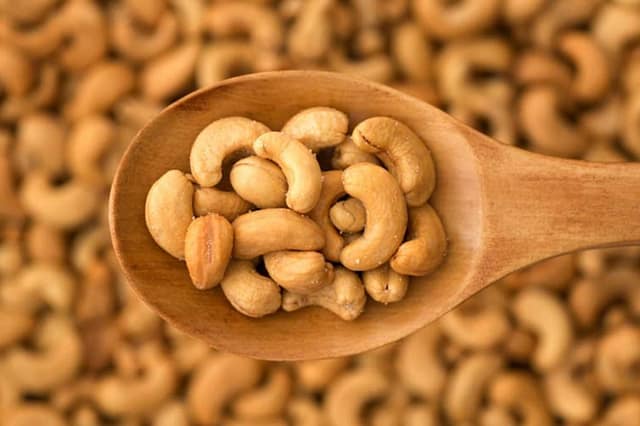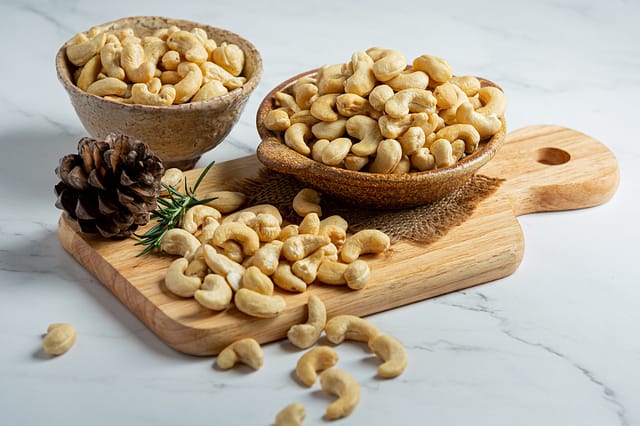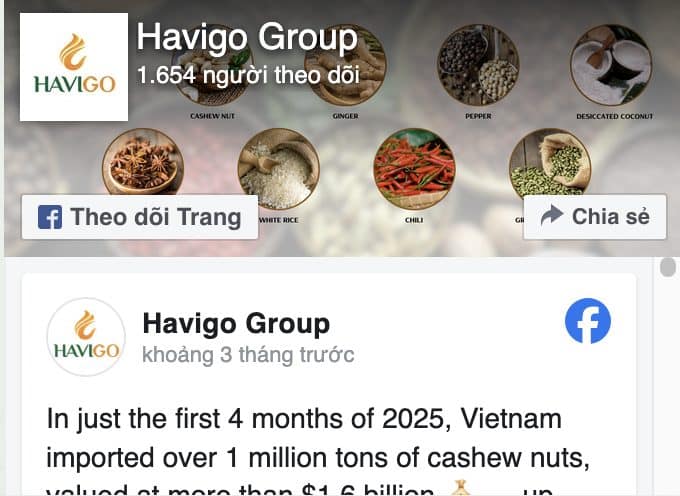Desiccated coconut (or shredded coconut or dried coconut) is a pantry staple that adds a touch of the tropics to countless dishes. People make it from the dried flesh of mature coconuts. Then, desiccated coconut undergoes a process of shredding and drying to remove most of its moisture content. This process concentrates the flavor and nutrients of the coconut. However, not all desiccated coconut is the same. One factor that differentiates them is the fat content. It can significantly impact the taste, texture, and overall use of the ingredient. We will discuss the fat content of desiccated coconut in the following post!
1. Fat content of Desiccated Coconut
Desiccated coconut comes in three main types based on its fat content: low-fat, medium-fat, and high-fat.
- Low-fat desiccated coconut: Low-fat desiccated coconut typically contains around 25 – 35% fat. So, it boasts a drier texture and a subtler coconut flavor compared to the higher-fat ones. This makes it a suitable option for health-conscious consumers who want to enjoy a hint of coconut without the higher richness. Low-fat desiccated coconut can also be a good choice for adding a touch of texture to dishes without overpowering the overall flavor.
- Medium-fat desiccated coconut: While not as common as low-fat and high-fat varieties, medium-fat desiccated coconut is still a good choice. This kind offers a fat content ranging from 40 – 50%. In terms of flavor, it bridges the gap between low-fat and high-fat desiccated coconut. Therefore, it offers a slightly richer texture and flavor than the low-fat option but is not quite as intense as the high-fat one.
- High-fat desiccated coconut: Desiccated coconut with a fat content of above 63% is the high-fat type. This type offers the most intense coconut flavor and the creamiest texture due to the higher coconut oil. As a result, it also has the highest calorie content among the three varieties. High-fat desiccated coconut is ideal for dishes that need a strong coconut flavor, such as coconut macaroons, piña coladas, or topping for curries.
Here’s a table summarizing the key characteristics of each fat content category:
| Fat Content | Texture | Flavor Profile | Applications |
| Low-fat | Drier | Subtler coconut | Healthier option, adding a touch of coconut without overpowering flavor |
| Medium-fat | Moderately dry | Moderately rich coconut | Offers a middle ground between low and high-fat options |
| High-fat | Creamiest | Most intense coconut | Ideal for recipes requiring strong coconut flavor and moist texture |
2. Consider the size and texture
Beyond fat content, the size of desiccated coconut is the factor to consider when choosing. Shred size can impact texture and how the coconut is incorporated into the dish. Finer shreds blend more seamlessly into batters, while larger flakes add a more distinct textural appearance.

Conclusion: The fat content of desiccated coconut affects its taste, texture, and culinary applications. Understanding the differences in fat content between varieties helps you to choose the most suitable option. Considering the texture, flavor intensity, and calories, you can elevate your culinary creations with the perfect touch of this ingredient.
Havigo Company Limited operates in the field of agricultural export. We wish to bring high-quality Vietnamese agricultural products such as spices, rice, beans, and fruits… to the world. We supply you with high-quality products at the best price. If you find interest in importing Vietnamese Desiccated Coconut, please contact us for better support via WhatsApp: +84 979 58 58 56.







